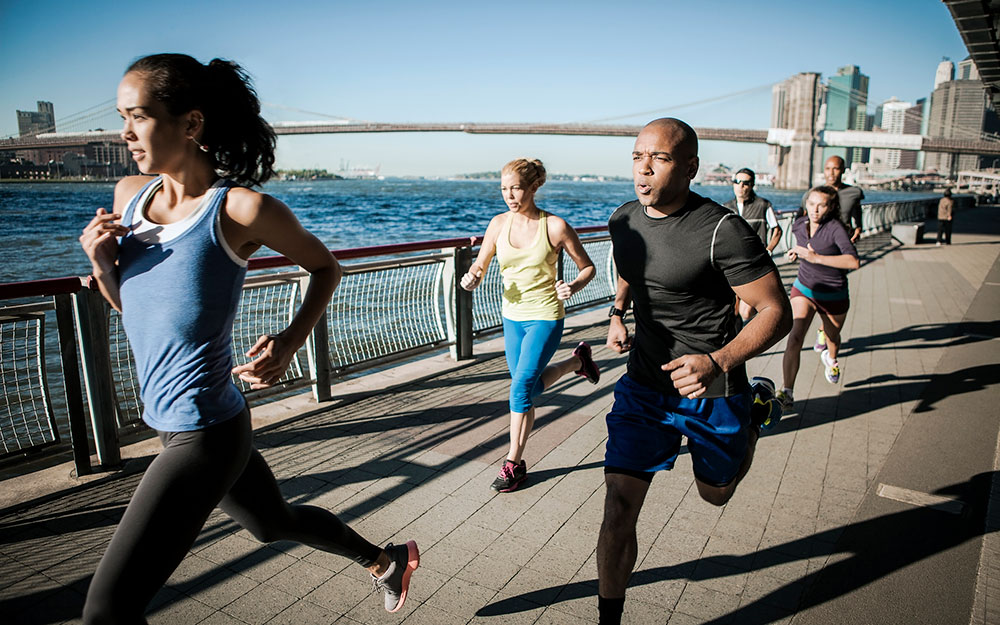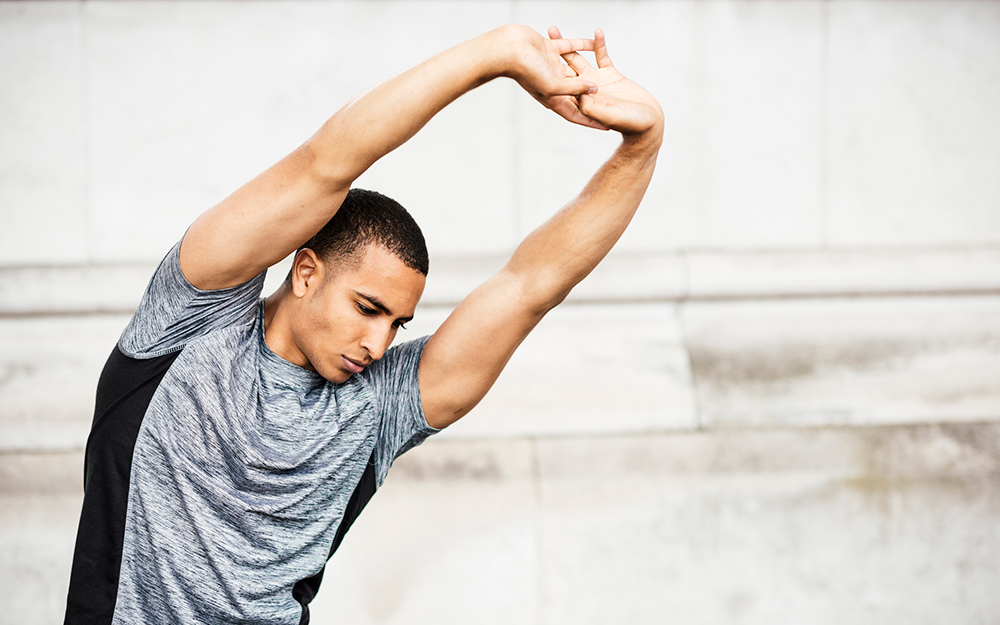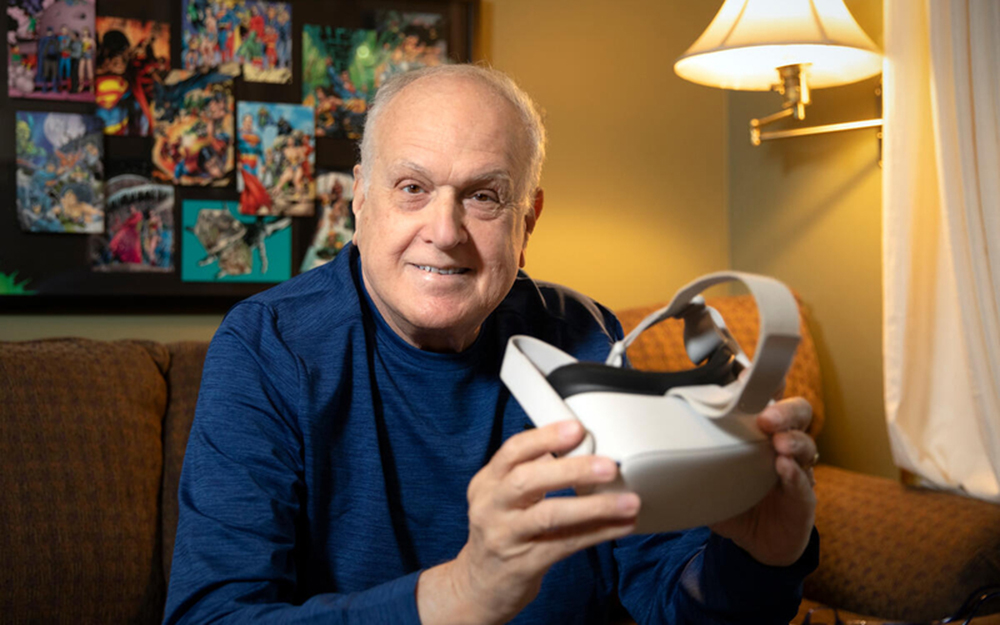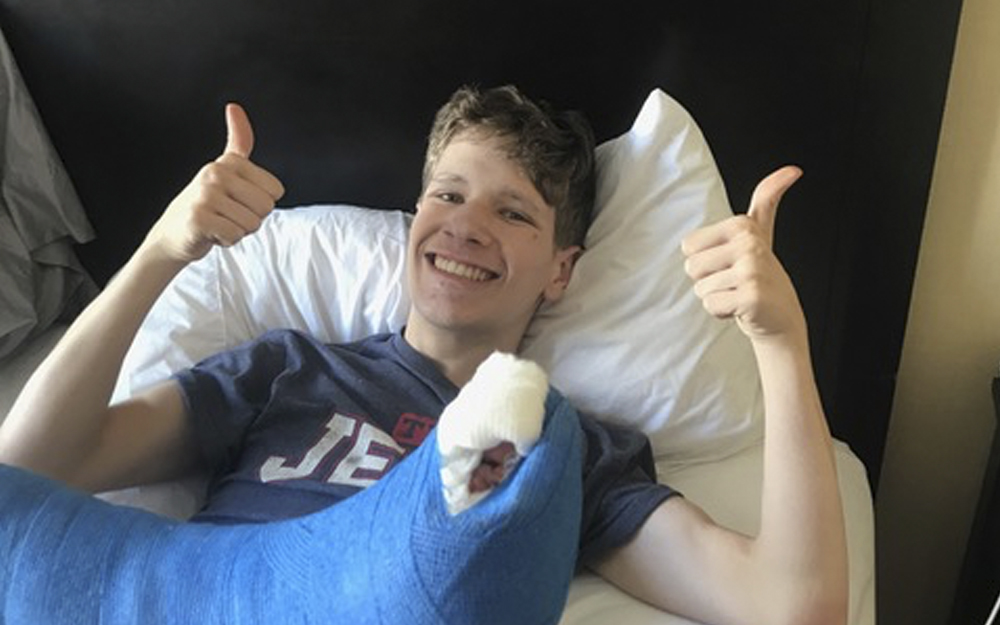Meniscus Tears: FAQ
Date
April 2, 2018
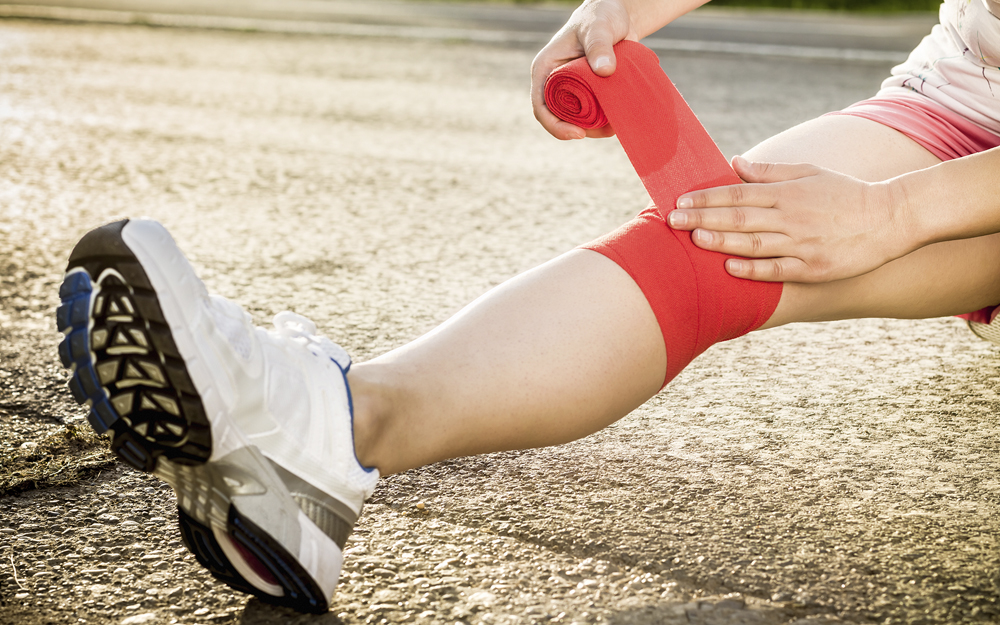
Date
April 2, 2018
Credits
Medical providers featured in this article
In Brief
{{cta-block}}
The menisci are your knee's shock absorbers, two bands of cartilage padding between the bones in your knee. They help stabilize the knee and cushion the joint. Meniscus tears are one of the most common knee injuries.
"We tend to work our front muscles—the 'mirror muscles,' the ones we can see—and the other ones become forgotten."
Dr. Carlos Uquillas, an orthopaedic surgeon in the Cedars-Sinai Kerlan-Jobe Institute sports medicine program, says these tears happen often to athletes. Any rotating motion can tear the meniscus. For example, twisting the upper leg while the foot stays planted—a type of pivot common in basketball, football, soccer, and dancing—can cause a tear.
They're also common in people over 50 whose knees are simply beginning to wear out.
How do I know if I've torn my meniscus?
The symptoms of a meniscus tear vary based on the age of the person and the cause of the tear. Common symptoms include:
- Swelling and stiffness in the knee
- Catching, clicking, or locking in the knee
- Pain, especially when holding the knee straight
- A feeling like something is moving inside the knee
- A dull ache that becomes sharp pain when twisting
When should I see a doctor?
Not all meniscus tears require a doctor's care. Pain and swelling that recur or don't go away are usually signs a tear is serious enough to see a doctor. Locking, or being unable to straighten or bend the knee also merits a trip to the doctor.
FAQ: Torn ACL
What treatments are available?
In some cases, surgery may be necessary to repair a meniscus tear, but it often isn't needed.
When surgery isn't required, these tips can help relieve the pain and speed your recovery:
- Rest—avoid running and jumping, use crutches if walking is painful
- Ice—ice your knee for 15-20 minutes at a time every few hours
- Medicate—use anti-inflammatory medications like ibuprofen
- Exercise—ask your doctor to help you find a physical therapist who can help you with muscle strengthening exercises
FAQ: Hamstring Injuries
How can I prevent meniscus tears?
Dr. Uquillas says meniscus tears can be prevented by keeping your abdominal and core muscles, hips, and legs strong. It's especially important to strengthen and stretch the hamstrings and IT (iliotibial) band, which run along the back of the legs.
"We tend to work our front muscles—the 'mirror muscles,' the ones we can see—and the other ones become forgotten," he explains. "A weak muscle becomes a tight muscle, and that's when you develop these more chronic knee injuries."
He also recommends taking it slow anytime you start a new activity or return to an activity after a prolonged break. Do a gradual training program, increasing the intensity a little at a time.
"People think they can play an hour of basketball when they haven't played in two years," Dr. Uquillas adds. "That's when you get tired and overworked. That's how you get injured."
FAQ: Torn Achilles Tendon

